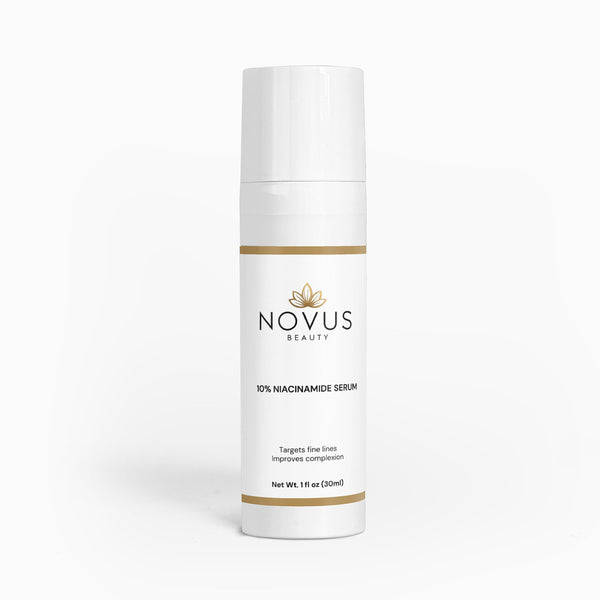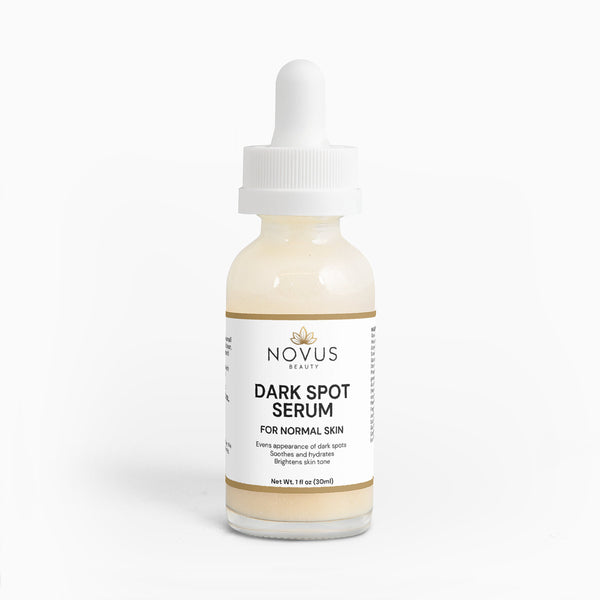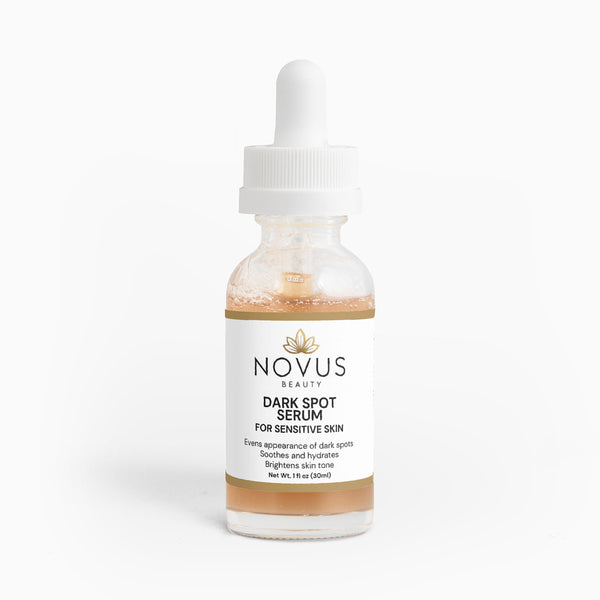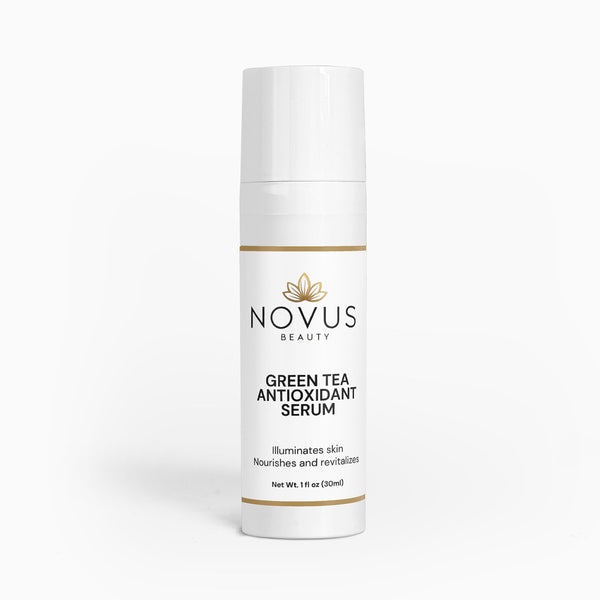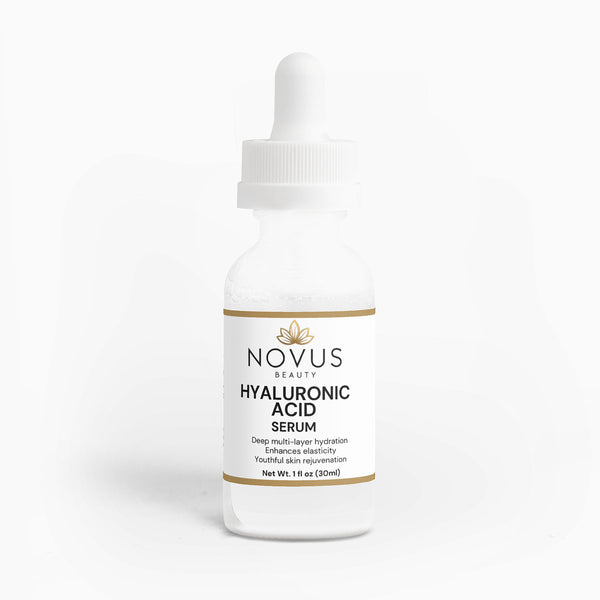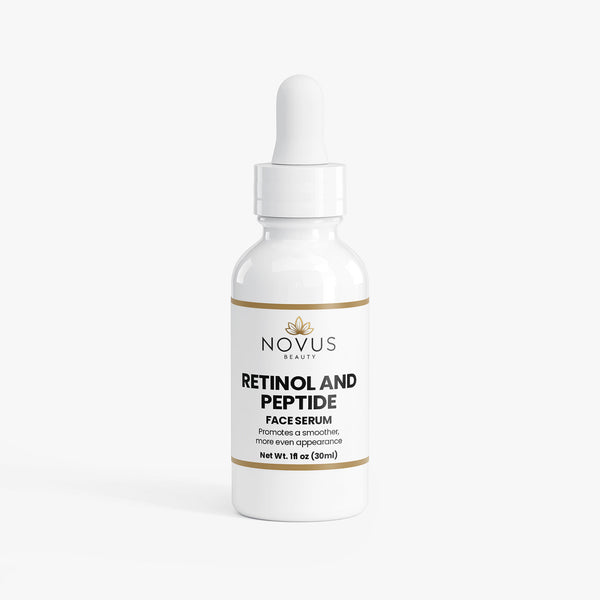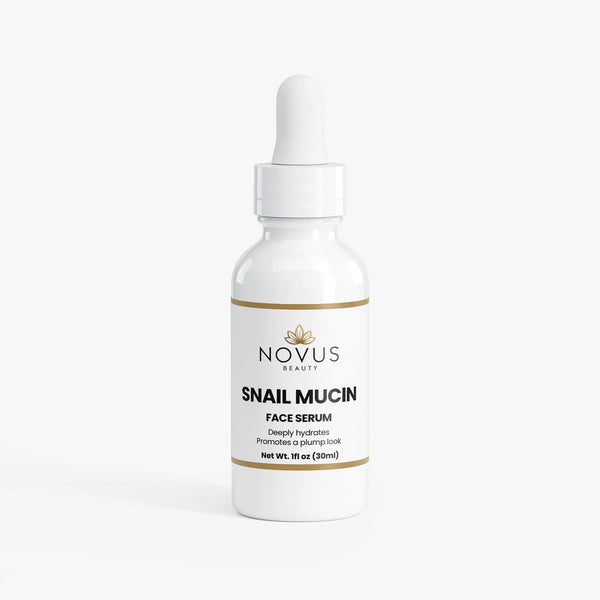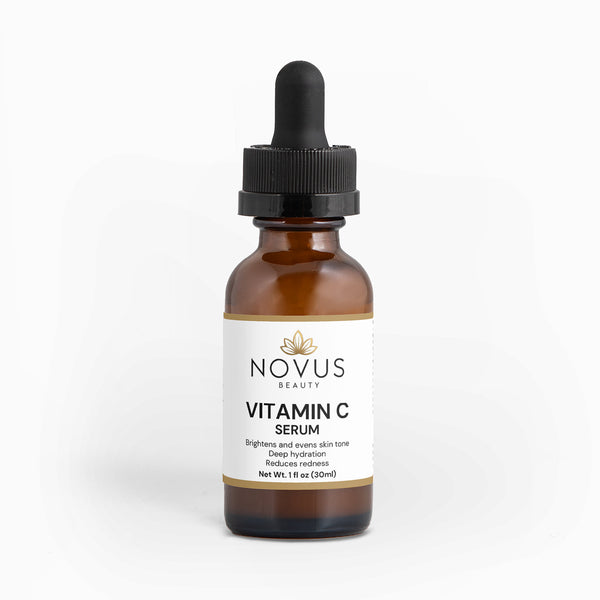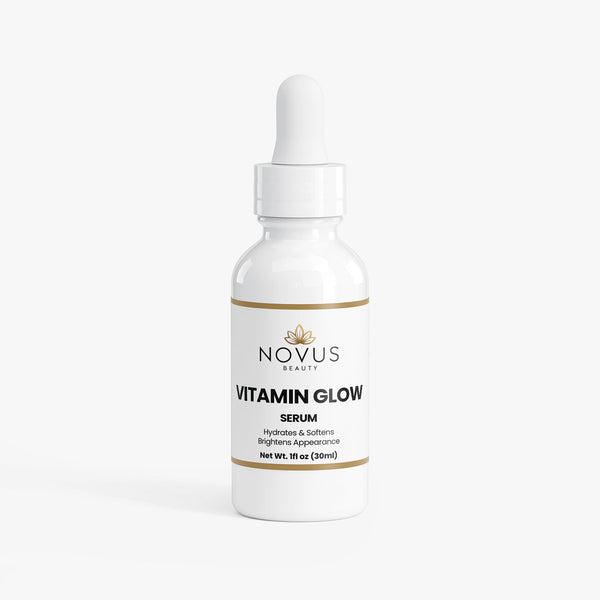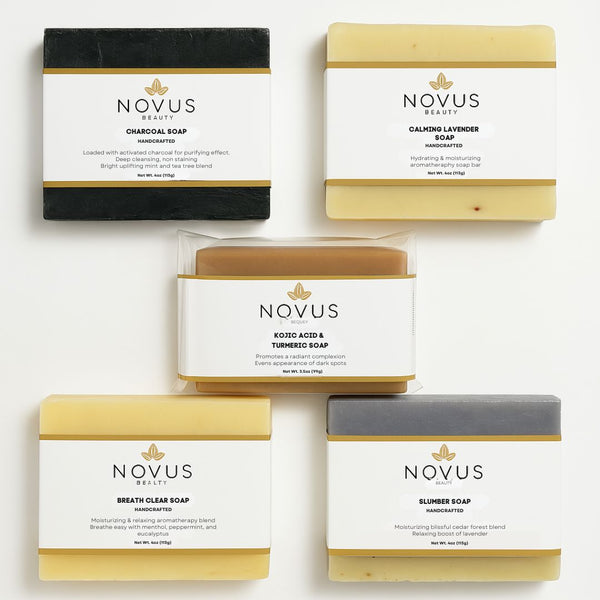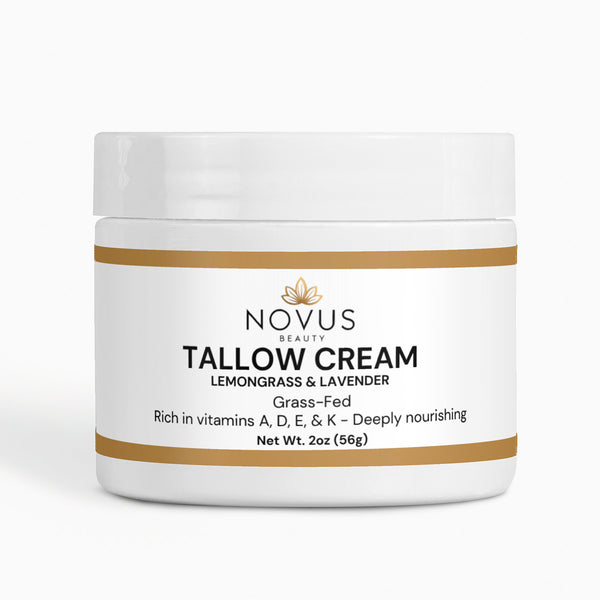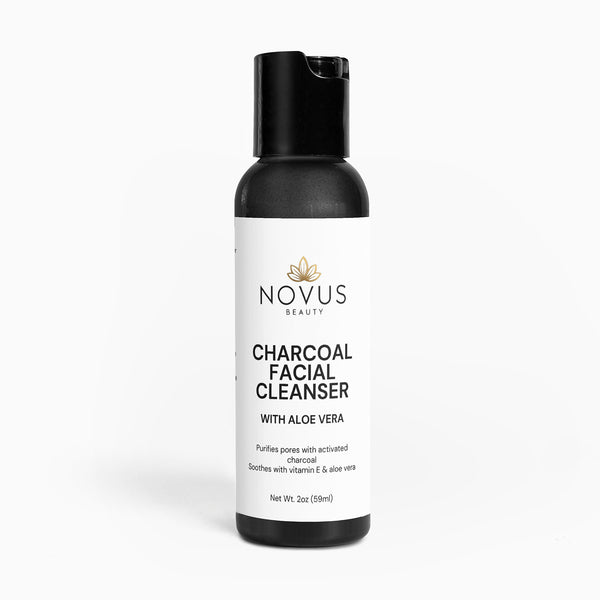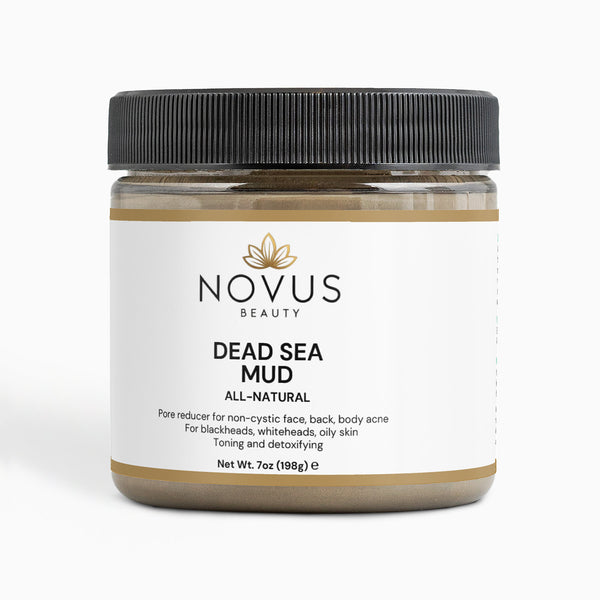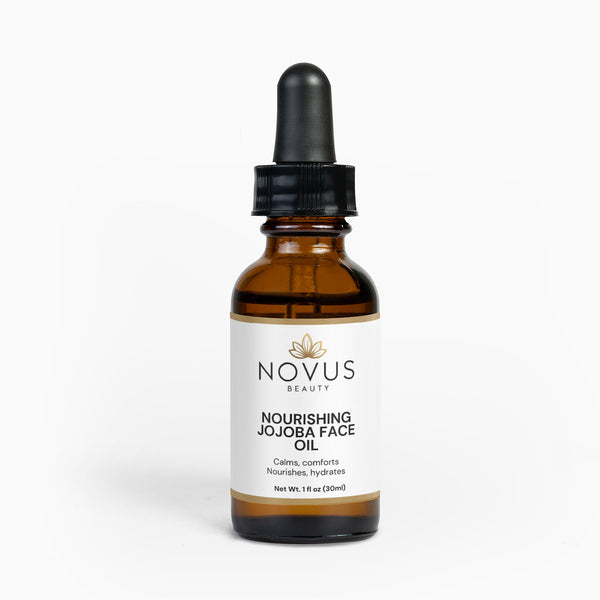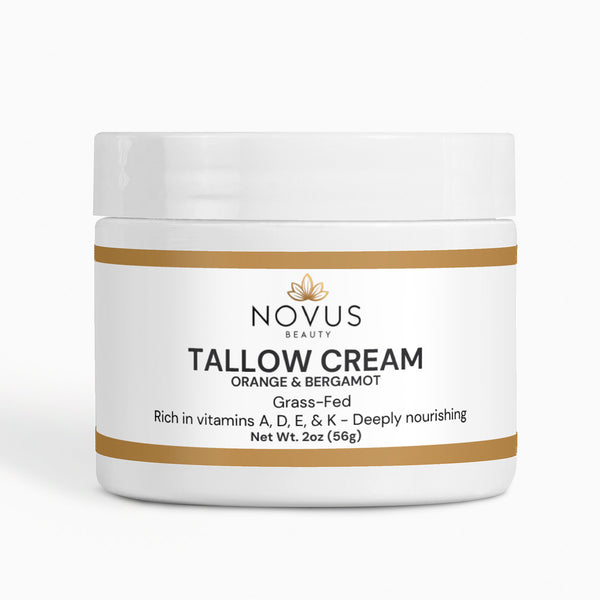If you have sensitive skin and are struggling with dark spots, you know the special kind of frustration that comes from watching a promising new brightening serum turn your complexion red, tight, and irritated. It can feel like an impossible choice: live with the discoloration or endure the discomfort and potential damage of aggressive treatments. What if we told you that this either/or scenario is a myth? The truth is, you can absolutely fade dark spots without compromising your skin's comfort—it just requires a more thoughtful, strategic approach.
Sensitive skin has a lower tolerance for irritation because its protective barrier is often more vulnerable. When this barrier is compromised, it's not just about redness and stinging—inflammation can actually trigger more pigment production, creating a vicious cycle. The secret to success lies in choosing the right ingredients, introducing them with care, and above all, practicing patience. This guide will walk you through exactly how to brighten your complexion while keeping your sensitive skin calm, happy, and healthy.
Why Sensitive Skin Reacts So Strongly to Common Treatments
To understand how to treat dark spots on sensitive skin, it's helpful to first understand why conventional approaches often fail. Your skin's barrier function acts like a protective wall. When this wall is strong, it keeps moisture in and irritants out. Sensitive skin often has a thinner or compromised barrier, meaning irritants can penetrate more easily, triggering inflammation.
This inflammation is the enemy of clear skin for two reasons:
-
It causes immediate redness, stinging, and discomfort.
-
It stimulates melanocytes (your pigment-producing cells) to create more pigment, potentially worsening the very dark spots you're trying to treat.
This is why a gentle approach isn't just about comfort—it's a strategic necessity for achieving actual results.
What to Absolutely Avoid: The Sensitive Skin Red Flag List
When shopping for brightening products, be a diligent label reader. Steer clear of formulas that contain these common irritants:
1. High Concentrations of Alcohol:
Denatured or SD alcohol can strip the skin's natural oils, immediately compromising your barrier and leading to dryness and irritation.
2. Synthetic Fragrances:
Fragrance is one of the leading causes of allergic contact dermatitis and skin sensitivity. Always opt for "fragrance-free" over "unscented."
3. Certain Essential Oils:
While natural, potent essential oils like citrus oils (bergamot, lemon) can be phototoxic and highly irritating to sensitive skin.
4. Harsh Physical Exfoliants:
Avoid scrubs with jagged particles like walnut shells or apricot pits that can create micro-tears in the skin, further weakening your barrier.
5. Strong Acids in High Percentages:
Using high concentrations of glycolic acid or other AHAs without proper buildup can cause significant irritation. This doesn't mean you must avoid acids entirely, but you must approach them with caution.
The Gentle Brightening Actives That Actually Work
The good news is that many highly effective brightening ingredients are also naturally soothing and anti-inflammatory. Look for these gentle powerhouses:

Niacinamide (Vitamin B3): A true multi-tasking hero for sensitive skin. Niacinamide helps improve the skin's barrier function, reduces inflammation, and inhibits the transfer of pigment to skin cells without causing irritation. Our 10% Niacinamide Serum is formulated to be effective yet exceptionally gentle, making it a perfect cornerstone for any sensitive skin routine.

Tranexamic Acid & Kojic Acid: These ingredients work by blocking the "on switch" for pigment production (the tyrosinase enzyme) but are generally well-tolerated. They are often found in gentler formulations compared to more traditional options. You can find Kojic Acid in our Kojic Acid & Turmeric Soap, which provides a wash-off treatment that minimizes risk of irritation.
Licorice Root Extract: A natural, potent brightener that also has anti-inflammatory properties. It's a fantastic choice for calming redness while working on discoloration.
Vitamin C (in its Gentlest Forms): While L-Ascorbic Acid can be irritating, more stable, gentle derivatives like Sodium Ascorbyl Phosphate or Tetrahexydecyl Ascorbate can provide antioxidant and brightening benefits without the sting.
How to Introduce Brightening Actives Slowly and Safely
Patience is your most valuable product when dealing with sensitive skin. Follow this step-by-step guide to avoid overwhelming your skin.
Week 1-2: The Patch Test & Introduction
-
Patch Test: Apply a small amount of the product (a pea-sized drop) to a discreet area like behind your ear or on your inner arm. Do this for 5-7 days to check for any delayed reaction.
-
First Application: If the patch test is successful, apply the product to your entire face once, then wait two full days to observe how your skin responds.
Week 3-4: Building Frequency
-
If no irritation occurs, begin using the product every other night.
-
Continue to monitor your skin for any signs of redness, peeling, or stinging.
Week 5+: Finding Your Rhythm
-
If your skin is tolerating the product well, you can consider moving to nightly use.
-
Some sensitive skin may always do best with every-other-night application. Listen to your skin—it will tell you what it needs.
How Our Formulas Prioritize Gentleness Without Sacrificing Results
At the heart of our philosophy is the belief that effective skincare shouldn't come at the cost of comfort. Our products for sensitive skin are built on several key principles:

1. Barrier-Supporting Bases: We formulate our serums and creams with ingredients like ceramides, fatty acids, and Hyaluronic Acid to ensure they support your skin's barrier while delivering active ingredients.

2. Soothing Synergy: Our Dark Spot Serum for Sensitive Skin combines brightening agents with calming ingredients like aloe vera and centella asiatica. This creates a balanced formula that targets pigment while actively reducing the potential for inflammation.

3. pH-Balanced Exfoliation: For gentle resurfacing, our Gentle Balancing Toner provides mild exfoliation without disrupting your skin's natural acid mantle, which is crucial for maintaining a healthy barrier.
Your 24/7 Gentle Brightening Routine
Morning: Protect & Soothe

-
Cleanse: Wash with lukewarm water or a tiny amount of Gentle Cleansing Gel.
-
Treat: Apply a hydrating and calming serum like Snail Mucin Face Serum to reinforce your barrier.
-
Moisturize: Use a simple, nourishing moisturizer like Hydro Balancing Gel-Cream.
-
Protect: Apply a mineral-based, fragrance-free sunscreen—this is your most important brightening step.
Evening: Cleanse & Correct

-
First Cleanse: Use a gentle, fragrance-free oil or balm to remove sunscreen.
-
Second Cleanse: Follow with Gentle Cleansing Gel.
-
Treat: Apply your brightening active (10% Niacinamide Serum or Dark Spot Serum for Sensitive Skin).
-
Restore: Seal everything in with a barrier-repairing moisturizer like Peptide Moisturizer.
Realistic Expectations and Celebrating Small Wins
With sensitive skin, progress may be slower, but it will be more sustainable. Here's what to expect:
-
1-4 Weeks: Your skin should feel more comfortable, less reactive, and better hydrated. This is a huge win!
-
4-8 Weeks: You may notice an overall improvement in radiance and a slight lightening around the edges of dark spots.
-
8-12 Weeks: More noticeable fading of dark spots and a more even skin tone.
Remember, if your skin feels calm and looks healthier, you're already succeeding. The fading of dark spots will follow.
Your journey with sensitive skin is about building a relationship with your complexion based on respect and patience. By choosing gentle, effective ingredients and introducing them with care, you're not just working toward fading dark spots—you're cultivating long-term skin health and resilience. Your skin deserves this kind of thoughtful care, and the results, though they may take a little longer, will be well worth the wait.
What's been your biggest challenge with finding products that work for your sensitive skin? Share your experiences in the comments below—we can all learn from each other's journeys!
